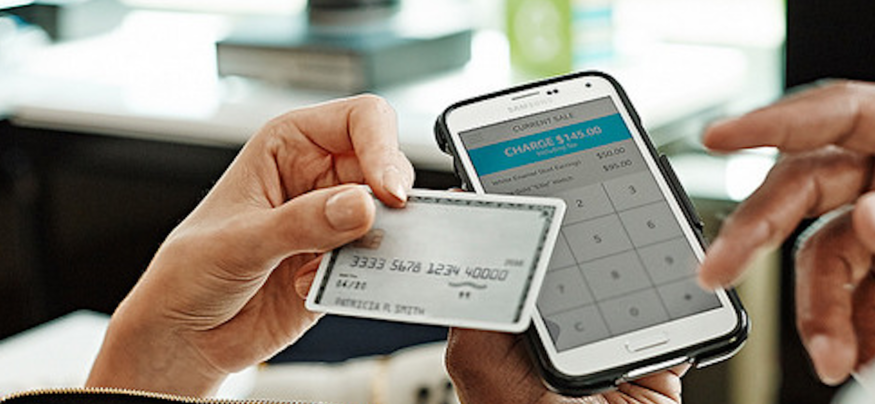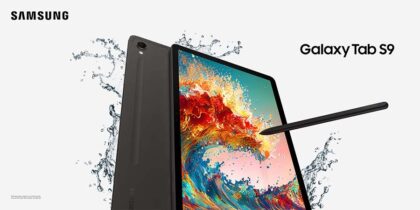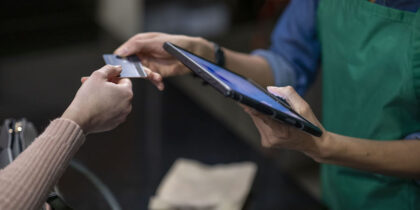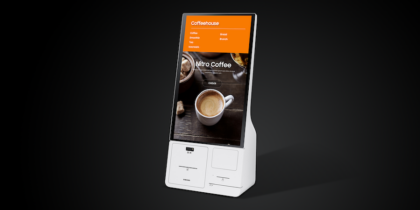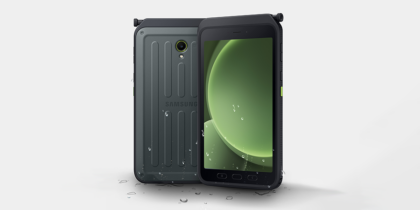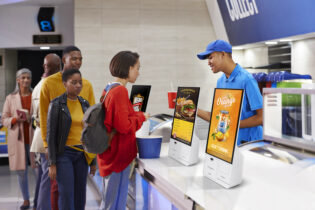Retailers around the globe are planning their arrival at the upcoming 105th Annual NRF Convention & EXPO, produced by the National Retail Federation. As digital continues to disrupt payment operations, delegates are visiting the convention to get answers about how mobile payments will enable them to deliver convenience, drive loyalty and enhance the overall customer experience.
The National Retail Federation’s annual conference, which has claimed the slogan “Retail’s BIG Show,” is making its way to the Jacob K. Javits Center in New York City, Jan. 17-20, 2016. The event anticipates up to 33,000 domestic and international delegates, including retail executives, vendors and consultants, all in search of new ways to improve business strategies. While visiting more than 600 exhibitors on the EXPO show floor and more than 100 sessions, one of the top business strategies they plan to explore will be mobile payments.
Mobile Payments Go Mainstream
Once considered a pipe dream, mobile payments are moving to the forefront thanks to a flurry of innovation by various providers and technology partners. Often called a digital wallet, these “apps” store users’ debit and credit card numbers, and then leverage near-field communications (NFC) to process payments between touchless payment terminals and shoppers’ devices.
Eager to understand the mobile payments landscape, Accenture surveyed 4,000 shoppers in North America to track consumer attitudes regarding payments today through 2020. Currently, 52 percent of U.S. consumers say they are “extremely aware” of mobile payments — up nine percentage points since last year, according to Accenture’s “The 2015 North America Consumer Payments Survey.” Further, 19 percent of consumers use their mobile phones regularly for payments at merchant locations.
The Forces Driving Mobile Payments
While it is still in its infancy, the evolving value of mobile payments cannot be ignored. That said, retailers must embrace a variety of key trends if they want to deliver a successful mobile payment strategy:
- Mobile payment awareness hits a tipping point. As more mobile payment options are introduced, more consumers are applying new options across more venues. While usage has slightly decreased by an average of two percent, more outlets are making it easier for consumers to use digital payment options. As such, the majority of mobile payments in 2015 occurred across quick service restaurants (40 percent); supermarkets (39 percent); convenience stores (34 percent); full-service dining (33 percent), and large retailers (31 percent), the report detailed.
- Rewards can speed mobile payment adoption. As is the case when adopting disruptive technologies, incentives can spur adoption. For example, 78 percent of consumers would increase mobile payment usage if they received rewards points, while 53 percent of non-users would try the service if reward points were involved, the report revealed. This data proves that the right combination of incentives not only could bolster mobile payment usage, but create a new loyalty paradigm.
- Evolving payment options continue their upward trajectory. Some of the most talked about payment methods weren’t even available a mere two years ago — a factor illustrating the power of disruptive technology. While digital wallets have been a long-term promise, new products from Samsung Pay and PayPal and retail-specific m-commerce apps made this dream a reality. In fact, PayPal and mobile apps already exceed prepaid gift card usage (16 percent and 14 percent versus 12 percent, respectively). More importantly, digital wallets, including Samsung Pay, are expected to more than double in weekly usage and hit 15 percent by 2020, according to Accenture’s report.
- The Internet of Things (IoT) could spur “connected commerce.” Smart devices are shaping a new computing model called the IoT — devices and software systems connected via the Internet. With the number of connected devices expected to reach 38.5 billion in 2020, according to a report from Juniper Research, functionality is primed to increase. In fact, the next iteration is on the horizon — “connected commerce.” A process that automatically pays for merchandise on behalf of the consumer, device-initiated transactions could be the future of mobile payments. At the top of one-fifth (19 percent) of consumers’ priorities, there is plenty of room for growth.
- Mobile payments can be personal. One segment that promises to bolster mobile payments is peer-to-peer (P2P) apps that enable individuals to transfer funds from their bank accounts or credit cards to another’s account via the Web or a mobile phone. Already a mainstay among 46 percent of consumers, another 15 percent reported that they make P2P payments regularly (at least daily and weekly), according to Accenture. As more providers upgrade their infrastructures, this number is sure to increase.
Mobility will have a strong showing at the National Retail Federation’s Convention & EXPO in a couple of weeks, and savvy retailers surely will be on the lookout for how they can leverage consumer smartphones — and mobile payments — as key differentiators that will not only drive consumer convenience, but present a new level of customer loyalty.
Find out more about Samsung Pay for retailers, or explore the Samsung products and solutions being exhibited at Retail’s BIG Show on our solutions page.
